Everyone at Carney Plumbing, Heating & Cooling wishes you a very happy Valentine’s Day! We hope you have a day filled with lots of candy, flowers, and Valentines! Today is all about showing your appreciation for those you love, including your friends, your family, or your significant other. Take a moment today to think about everyone who makes a difference in your life and how you can let them know how special they are to you.
While traditional gifts like candy and flowers are wonderful idea, why not think a little out of the box this year? Upgrading your HVAC system can make your whole house more comfortable, which is something that your entire family will appreciate! A new air filtration system can help you breathe easier, and a new heating and cooling system can significantly lower your energy bills. While not the most romantic of gifts, it certainly will let your family know that you care.
For more information about how a few HVAC upgrades can make your house more comfortable, give Carney Plumbing, Heating & Cooling a call. In addition to making your home cozier, you can also make your friends and family happy by making this delicious recipe for Fudge Truffle Cheesecake:
“When the chocolate addict in you begs for a sweet fix, bake this fluffy chocolate cheesecake over a chocolate cookie crust. Decorate it with even more cocoa delights, such as chocolate-dipped fruit or chocolate whipped cream.”
INGREDIENTS:
1 1/2 cups vanilla wafer crumbs
1/2 cup confectioners’ sugar
1/3 cup unsweetened cocoa powder
1/3 cup butter, softened
2 cups semi-sweet chocolate chips
3 (8 ounce) packages cream cheese
1 (14 ounce) can sweetened condensed
milk
4 eggs
2 teaspoons vanilla extract
DIRECTIONS:
- Preheat oven to 300 degrees F (150 degrees C).
- In a large mixing bowl, mix together crushed vanilla wafers, confectioners’ sugar, cocoa, and butter or margarine by hand. Press ingredients into a 9 inch springform pan.
- In the top of a double boiler, melt the chocolate chips, making sure that they are very smooth.
- In a large bowl, beat cream cheese until fluffy with an electric mixer. Gradually beat in condensed milk until smooth. Mix in melted chocolate, eggs, and vanilla. Beat with electric mixer on low speed until the ingredients are thoroughly blended. Pour the filling into the prepared crust.
- Bake at 300 degrees F (150 degrees C) for 55 minutes. The cake will seem underbaked in the center, but will continue to cook after you remove it from the oven.
For more details, visit allrecipes.com.


